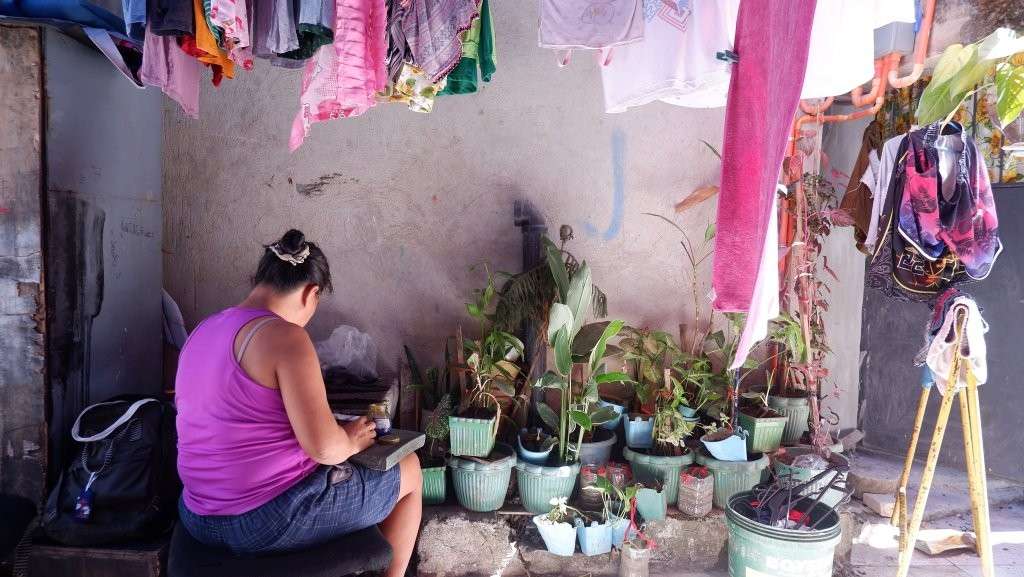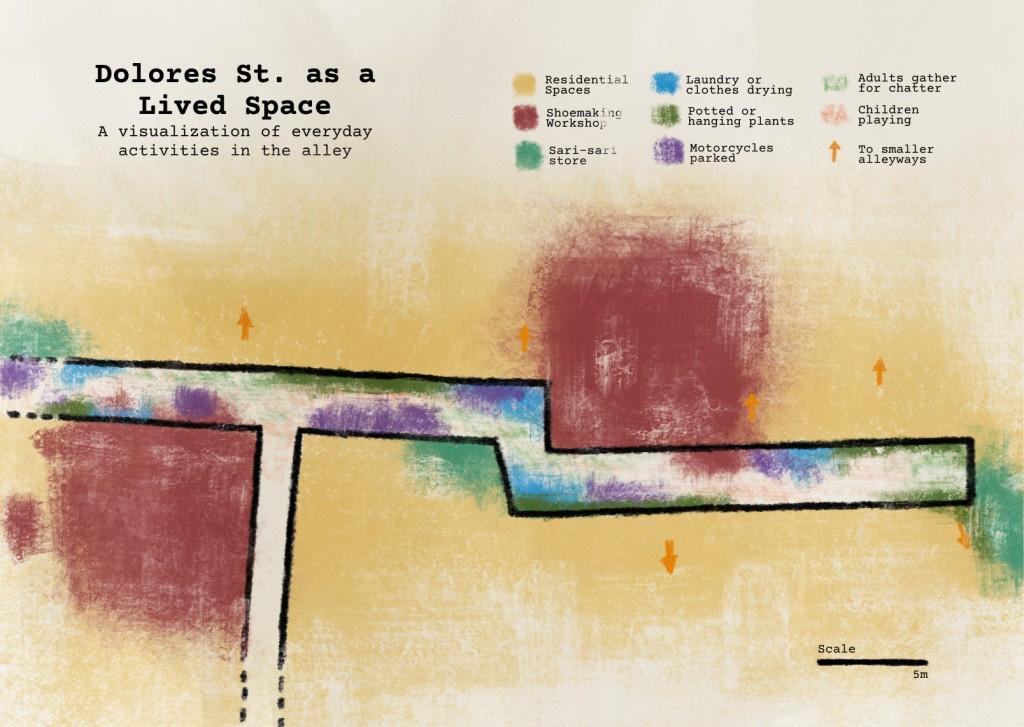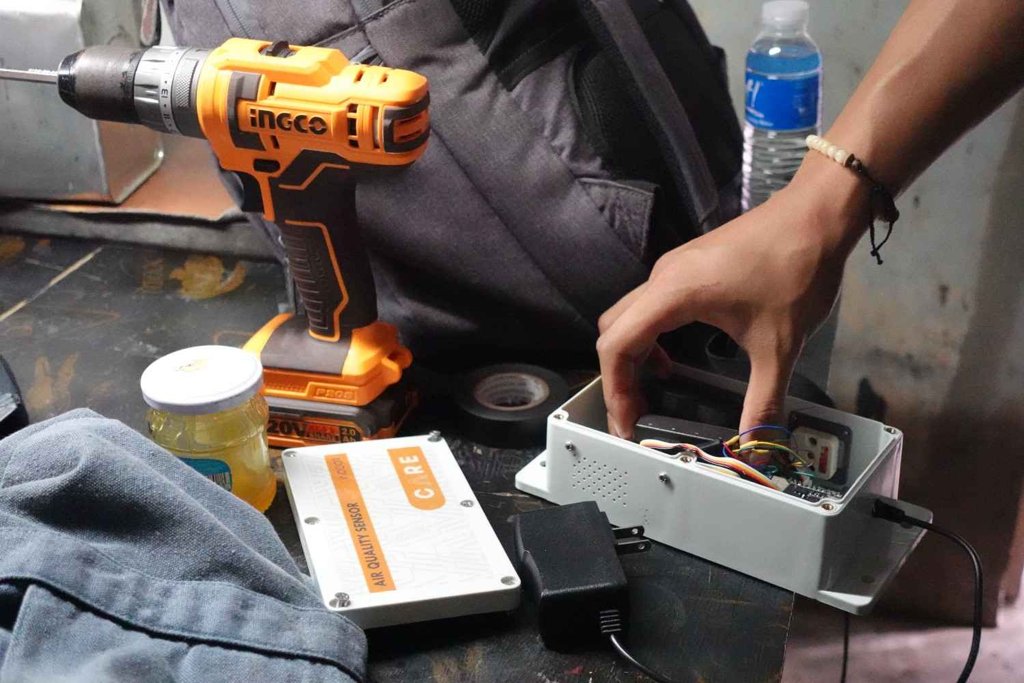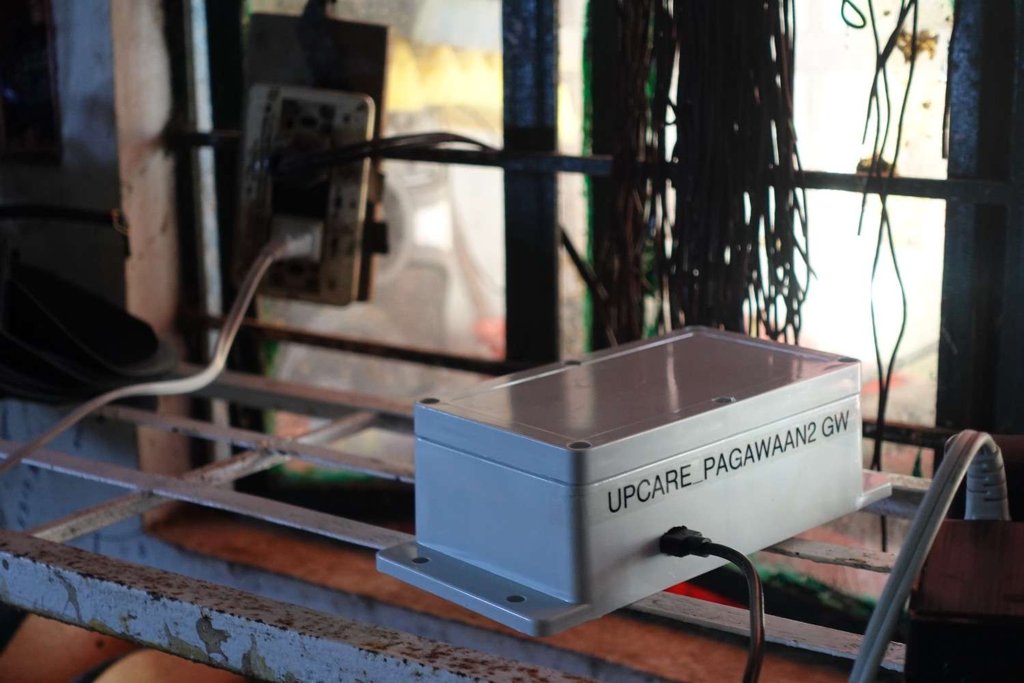In the “Shoe capital” of the Philippines, Marikina, shoemakers are regularly exposed to industrial chemical adhesives containing VOCs which have been associated with adverse effects on the nervous and immune systems. Drawing from ethnographic observations, the team collaborates with the shoemakers themselves in order to make these chemical exposures visible and actionable.
How can citizens and scientists work together in co-designing harm reduction strategies in an unevenly polluted world?
Direction & Editing : Marica De Michele
Director of Photography : Jurica Marković
Music : Ivna Jurković
Production Assistant : Clara Gustafsson
The design specifically highlights the process of slow collaboration involving open-ended and non-linear pathways to transformative and sustainable change. Through a combination of creative cartography, air quality measuring devices, and air flow simulations, the team co-designed harm reduction strategies with a group of shoemakers in Marikina City.
This design shows an open-ended and non-linear process of inquiry, representing different steps that all involve an element of participation: 1) Ethnographic fieldwork, 2) Community engagement, 3) Making visible, 4) Feedback and consultation; 5) Sensing and measuring air; and 6.) Co-designing with engineers and shoemakers. The arrangement of the blocks presents multiple pathways in the collaborative process in which the participants can hop into any step at any point, linger in some a bit longer than others, and engage with other participants.
Beyond fostering hope or creating awareness on chemical pollutants in the air, our design highlights the importance of acting in a permanently polluted world by co-creating harm reduction tools and strategies with affected communities.







